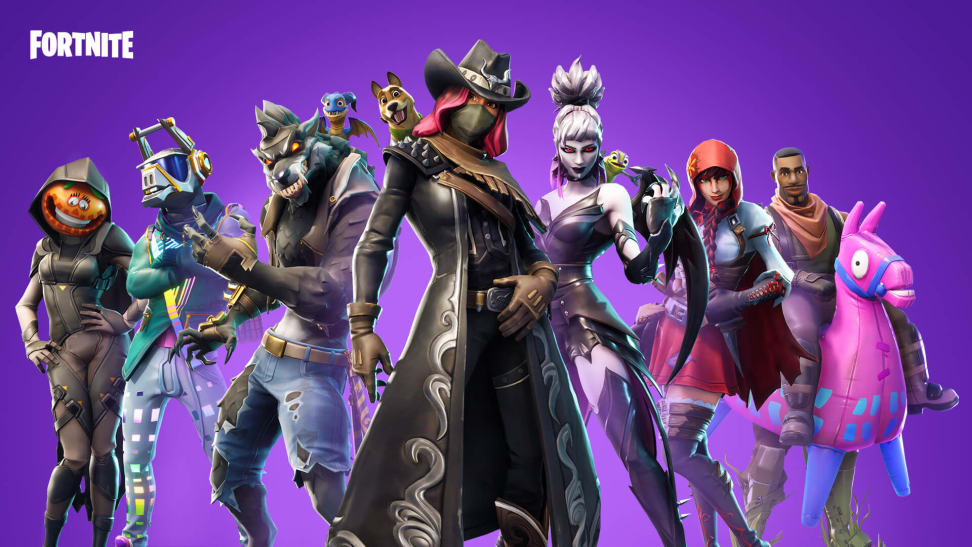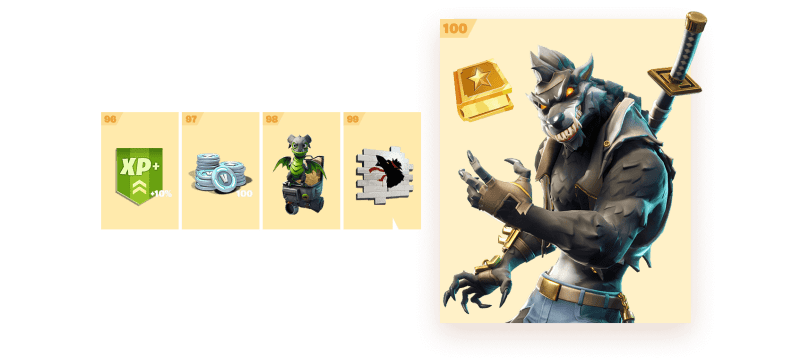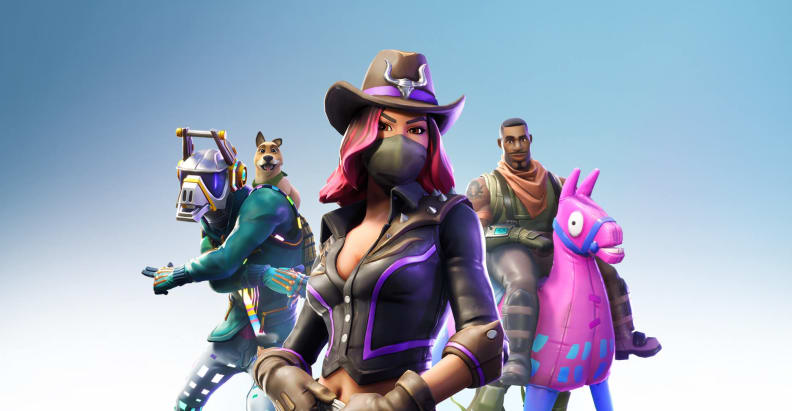Everything parents need to know about Fortnite
What is it, and more importantly, how much does it cost?
 Credit:
Epic Games
Credit:
Epic Games
Products are chosen independently by our editors. Purchases made through our links may earn us a commission.
Unless you've been living under a pretty big rock, I'm willing to bet you've heard of Fortnite. Between catching the wave of popularity surrounding "Battle Royale" type games the last few years (thanks, Hunger Games) and being available on computers, game consoles, smartphones, and microwaves, to say Fortnite is crazy popular would be selling it short.
It's especially popular with kids and teens of all ages. The pick-up-and-play match style, cartoony graphics, and ability to play (and talk to) all your friends make it almost irresistible. If your kids haven't played yet, they've either been asked to play, have friends who play, or watch YouTubers play. Here's what you need to know about Fortnite.
What does Fortnite cost?
One of the best things about Fortnite is that the base game—the battle royale experience—is completely free. All you have to do to play is download the game. Technically called Fortnite: Battle Royale, it's a 100-player PVP (player versus player) game mode.
There are other versions of the game that you have to pay for, though. Epic Games, the developer, has also released "standard" and "deluxe" editions for $40 or $60, respectively. These editions include a co-operative campaign (or PVE, player versus environment), but you don't need them to play the version of the game that's so popular.
Free, but what does it really cost?
Okay, you got me. Within the game itself are things called "microtransactions" in the video game industry. These are optional, usually negligible amounts of money players can spend on ways to enhance their game or gaming experience. In fact, Fortnite has its own in-game currency: V-Bucks.

Skins, gliders, emotes, and other in-game items are what Fortnite players spend V-Bucks on
V-Bucks, or virtual bucks, can be bought for real world money using a credit card (realistically, using your credit card). Here's the rate of exchange for V-Bucks:
- 1,000 V-Bucks for $9.99
- 2,500 (+300 Bonus) V-Bucks for $24.99
- 6,000 (+1,500 Bonus) V-Bucks for $59.99
- 10,000 (+3,500 Bonus) V-Bucks for $99.99
What is a Battle Pass?
There's lots of stuff to spend V-Bucks on, but the most likely thing your kid's going to want is a "Battle Pass," which is the most economical way to gain skins (costumes), gliders (the aerial vehicles used to dive into battle), sprays (little artwork tags that can be applied to things in-game), and emotes (animations your kid's character will do in-game).
For a little under $10 (950 V-Bucks), you can access the Battle Pass for a season, which lasts 10 weeks, or two-and-a-half months. Once the season's Battle Pass is active, you gain levels just for playing, which will automatically unlock skins, gliders, emotes, and so on (these items can also be bought standalone). They also get their own V-Buck currency periodically throughout the 100 levels of advancement.
If you're planning to pay anything for Fortnite, spending less than $5 a month for a Battle Pass is probably the way to go. One of our lead devs (and a real crack-shot himself), Luke, had some advice of his own:
"Give them 20 bucks worth of v-bucks and say 'This is all you get. If you want battle pass next season, you better make sure to have 10 bucks worth by the end of this season.' Teach some basic impulse control and budgeting."
What are players actually doing in Fortnite?
In a standard 100-player battle royale match of Fortnite, the goal is to be the last person alive. Players collect guns, armaments, shields, health, blueprints, and crafting materials, and then tensely hide, shoot, build walls or towers, and just do whatever they have to in order to win the match. Matches usually take about 20 minutes.
There are other modes of play, grouping players into teams of two, three, or four, but the basic idea is the same. Players all start with the same basic items and guns, so you can't really pay for any advantages, it's all cosmetic.
Is Fortnite violent?

The short answer? Yes, but in the vein of Bugs Bunny cartoons more than an action movie.
Yes, anyone who plays is using guns—including assault rifles, sniper rifles, rocket launchers, handguns, and so on—to shoot other players. But the game and weaponry are cartoonish and almost twee, and there's no blood, gore, or anything like that. When players are hit with bullets, numbers fly out to show the damage (versus their health pool).
If you're uncomfortable with your kid playing any kind of shooter, it might be worth talking to them about the real danger of firearms, or observing the game yourself to see whether it's something you want them exposed to. But as games go, Fortnite is less violent than most, and I'd even say it's less violent than football.
So what do I need to do?
There's three takeaways you can put in your pocket right now:
Be reasonable about V-Bucks, but don't tell the game to save your credit card info when you buy them. If your child tries to say she absolutely needs to buy V-Bucks, you know better. None of it has anything to do with her ability to play the game or succeed at it.
Be reasonable about match length. If it's time to quit the game and do chores or homework, understand that wrapping up a match, tallying up your experience points and earnings, and saying farewell to your friends takes a bit. Unless there's a fire, setting the table can wait 10 or 15 minutes if it means nurturing a respectful relationship with your kid.
If you're worried about your kids talking to strangers online, that's a different article entirely. But know that with the game's popularity, the people your kid's talking to are probably the same people they'd generally see at school. And that those kids at school are going to curse. A lot.
